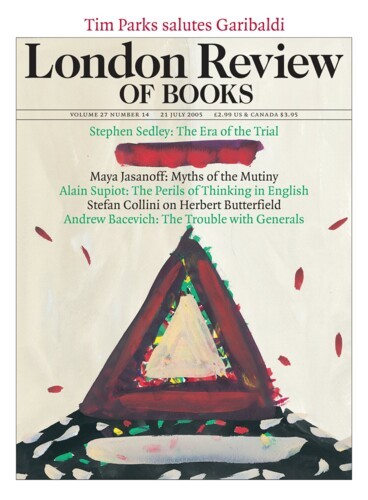Caravaggio raises Lazarus
on the Messina canvas
in Room Four, where they squiny
at the light that comes across
from behind Christ. Maybe they
think it is a snap of sun,
outside the cave, in March, in
Bethany.
I walk, in March,
in fields, at Sotterley, and
look everywhere to see the
colour of the paint. Mars black,
iron oxide, chlorinated
copper phthalocyanie.
Green and grey and sepia
on the trunks of oaks. So this
is Martha’s light, being left
to serve things as it can. The
work is in the kitchen.
My
day was spent in walking through
the gardens at Notre Dame.
I saw his eyes were shining,
then I guessed that he had seen
someone behind me that he
came to meet. The glow of his
face is what I won’t forget.
It’s Lent. Unexpectedly
the oak trunks are caught cobalt
green.
Martha is cooking and
nobody asked her what there
was to eat.
Ticket holders
like to think Room Four is the
dark cave where they get close to
actors they can recognise.
Back in Room One, this was the
man who grasped the table and
boggled with the shock. Which of
them is Caravaggio?
He and his friends are pulling
all the faces.
If I had
seen his wife and child before
I saw his happiness, his
face would not have struck me so.
A truth to content you. In
the shape of a jug. The jug
be my judge. I drink in it
so the cold water quenches
my rascal. I pull myself
together, gulping down the
lonely Martha. I grasp the
table. Here comes a long draught
of my small, stale, icy beer.
A family behind me
are whispering about the
colours, in a language I
don’t recognise. They come from
a country whose pictures are
like none in this gallery.
None that I have ever seen.
These characters have been told
to pick the jug up off the
table as they would do if
they were picking up a jug.
I leave a perfect heel print
on a molehill. Green lips lick.
These touchy chemicals have
no self-control.
Warm it with
your ice-cold commentary.
I see the brushwork and I
read it back into the far,
well-swept corners of her floor,
the perspective of her path,
the Shrove-tide overcast she
glances at outside. One way
or another, if you are
a realist, you can do
no more.
This is Emilia,
twelve months old, and waving to
the Christ Child in the Titian.
The brush calls your attention
to the jaw, to both lips, to
the nostril, the eyelid and
the smooth bulge under the brow.
Six strokes of his post-Roman
manner, reciprocating
with what looked like the truth in
Sicily. Turn round and be
in Bethany. Slow down and,
lost in a stand of oaks, there
is a woman with a broom.
They do not know which way to
look, and miss the hands in the
air above them. That will be
Mary who dares not touch her
brother’s head in case it costs
the love of love. They can’t see
that, either. They twist into
the lighting from stage right. I
can’t hear what they say, but now,
I guess, they shout for help from Sotterley.
Send Letters To:
The Editor
London Review of Books,
28 Little Russell Street
London, WC1A 2HN
letters@lrb.co.uk
Please include name, address, and a telephone number.

